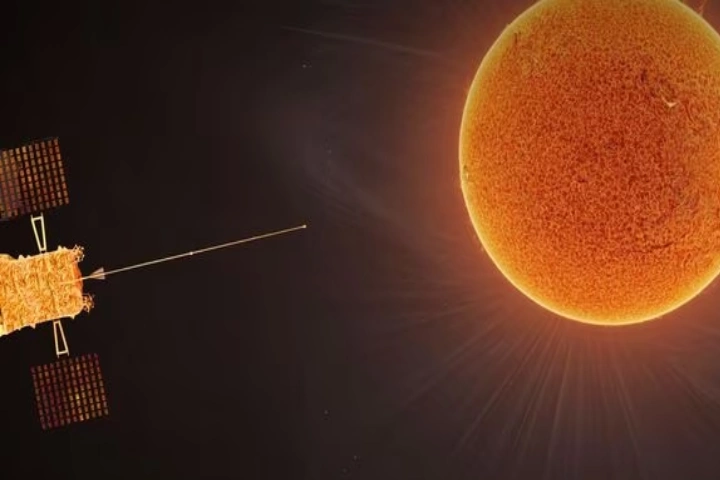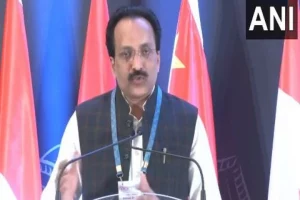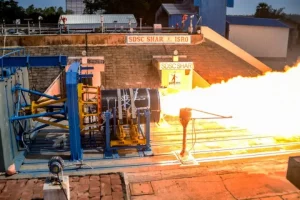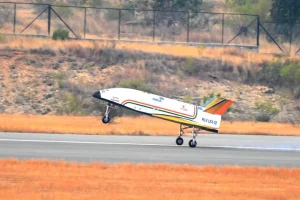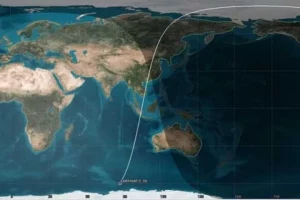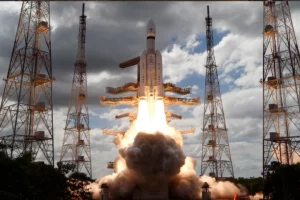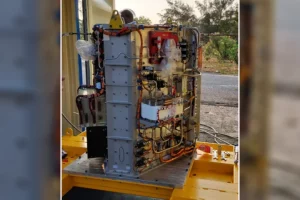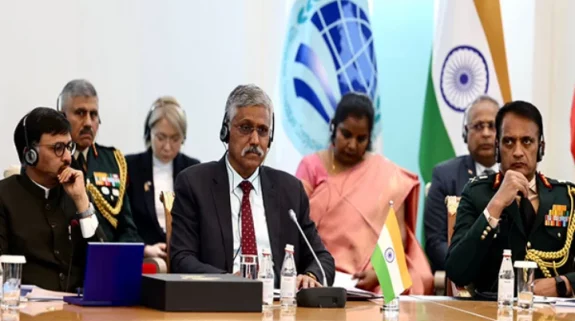Prime Minister Narendra Modi on Saturday announced that India’s first solar observatory Aditya-L1 has reached its destination successfully.
“India creates yet another landmark. India’s first solar observatory Aditya-L1 reaches it destination. It is a testament to the relentless dedication of our scientists in realising among the most complex and intricate space missions. I join the nation in applauding this extraordinary feat. We will continue to pursue new frontiers of science for the benefit of humanity,” PM Modi said on ‘X’.
India creates yet another landmark. India’s first solar observatory Aditya-L1 reaches it’s destination. It is a testament to the relentless dedication of our scientists in realising among the most complex and intricate space missions. I join the nation in applauding this…
— Narendra Modi (@narendramodi) January 6, 2024
The Aditya-L1 was orbited in low earth orbit (LEO) on September 2, 2023 by Indian rocket Polar Satellite Launch Vehicle – XL (PSLV-XL) variant on Saturday evening reached its Halo orbit Sun-Earth Lagrange Point 1 (L1).
It is the point where the gravitational pull of two large bodies — Sun and Earth — will be equal and hence the spacecraft will not gravitate towards any one of them.
The Aditya-L1 spacecraft carries seven payloads to observe the photosphere, chromosphere, and the outermost layers of the Sun (the corona) using electromagnetic and particle and magnetic field detectors.
“Using the special vantage point L1, four payloads directly view the Sun and the remaining three payloads carry out in-situ studies of particles and fields at the Lagrange point L1, thus providing important scientific studies of the propagatory effect of solar dynamics in the interplanetary medium,” ISRO had said.
Aditya-L1’s seven payloads are expected to provide the most crucial information to understand the problem of coronal heating, coronal mass ejection, pre-flare and flare activities and their characteristics, dynamics of space weather, propagation of particle and fields and others, the Indian space agency said.
The ISRO said the major science objectives of Aditya-L1 mission are: Study of solar upper atmospheric (chromosphere and corona) dynamics, study of chromospheric and coronal heating, physics of the partially ionised plasma, and initiation of the coronal mass ejections, and flares.
It will also observe the in-situ particle and plasma environment providing data for the study of particle dynamics from the Sun.
Other objectives are physics of solar corona and its heating mechanism, the diagnostics of the coronal and coronal loops plasma: Temperature, velocity and density, development, dynamics and origin of Coronal Mass Ejections (CME), to identify the sequence of processes that occur at multiple layers (chromosphere, base and extended corona) which eventually leads to solar eruptive events, magnetic field topology and magnetic field measurements in the solar corona, and the drivers for space weather (origin, composition and dynamics of solar wind). According to ISRO, the Sun estimated to be 4.5 billion years old is a hot glowing ball of hydrogen and helium gases and is the source of energy for the solar system.
“The gravity of the Sun holds all the objects of the solar system together. At the central region of the sun, known as ‘core’, the temperature can reach as high as 15 million degree Celsius,” it said.
At this temperature, a process called nuclear fusion takes place in the core which powers the Sun.
The visible surface of the sun known as photosphere is relatively cool and has a temperature of about 5,500 degrees Celsius, the ISRO said.
The Sun is the nearest star and therefore can be studied in much more detail as compared to other stars.
By studying the Sun, we can learn much more about stars in our Milky Way as well as about stars in various other galaxies, the ISRO said.
The Sun is a very dynamic star that extends much beyond what we see.
It shows several eruptive phenomena and releases immense amounts of energy in the solar system.
If such explosive solar phenomena is directed towards the Earth, it could cause various types of disturbances in the near earth space environment.
Various spacecraft and communication systems are prone to such disturbances and therefore an early warning of such events is important for taking corrective measures beforehand.
In addition to these, if an astronaut is directly exposed to such explosive phenomena, he/she would be in danger. The various thermal and magnetic phenomena on the sun are of extreme nature.
Thus, the Sun also provides a good natural laboratory to understand those phenomena which cannot be directly studied in the lab.
The Indian space agency said all the seven payloads carried by Aditya-L1 are indigenously developed by different laboratories in the country in close coordination with it.
The Visible Emission Line Coronagraph (VELC) instrument is developed at the Indian Institute of Astrophysics, Bengaluru; Solar Ultraviolet Imaging Telescope (SUIT) instrument at Inter University Centre for Astronomy & Astrophysics, Pune; Aditya Solar wind Particle Experiment (ASPEX) at Physical Research Laboratory, Ahmedabad; Plasma Analyser Package for Aditya (PAPA) at Space Physics Laboratory, Vikram Sarabhai Space Centre, Thiruvananthapuram; Solar Low Energy X-ray Spectrometer (SoLEXS) and High Energy L1 Orbiting X-ray Spectrometer (HEL1OS) payloads at U R Rao Satellite Centre, Bengaluru and the Magnetometer at the Laboratory for Electro Optics Systems, Bengaluru.






